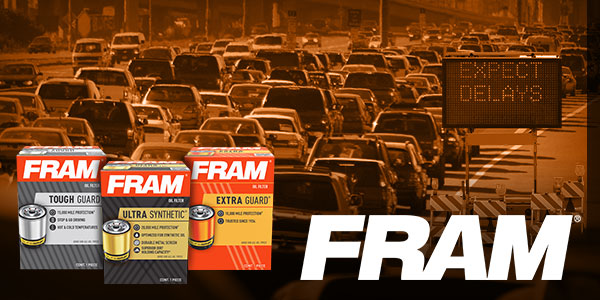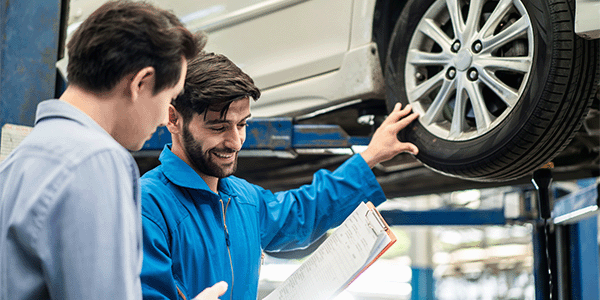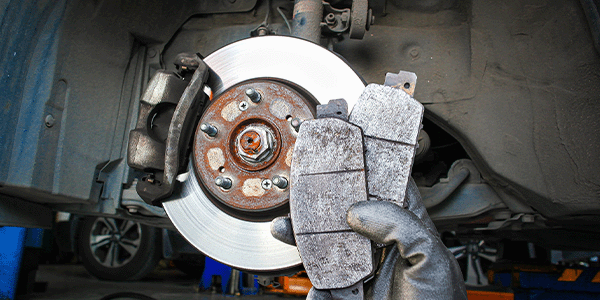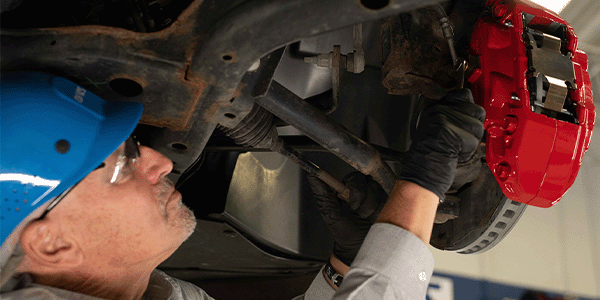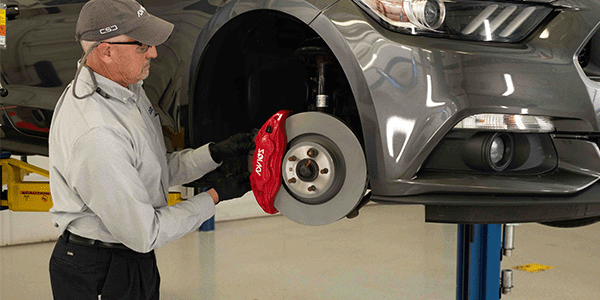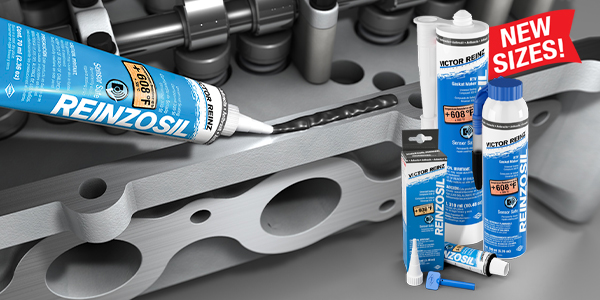It’s almost summer, also known as orange barrel season in many parts of the United States. Summer 2021 is looking like another construction-heavy season, with states gearing up for thousands of miles in road projects. At the end of March, the Ohio Department of Transportation released its 2021 construction season plans, covering 4,596 miles of pavement and 876 bridges. Georgia, Minnesota, New Mexico and many other states are also planning for continued improvements to interstates and local roadways.
Summer is also a popular time to pack up the car and take a road trip. AAA forecasted 700 million car trips for Americans last summer. A desire to travel, streams of daily commuters and the resurgence of construction make up a recipe for heavy traffic. Stop-and-go driving and the idling that comes with it can be unfriendly to engine performance.
How Construction Affects Engines
Sitting in traffic while road crews close lanes and hammer away at concrete can be stressful, especially in the middle of a long-haul road trip or for someone running late on a work commute. These conditions are stressful under the hood, too. Dust and dirt kicked up by construction activity makes its way through the air intake, potentially clogging engine air filters or causing damage inside the engine itself.
Stop-and-go driving that is common in roadwork zones can create fluctuations in oil pressure, and this phenomenon is even more prevalent in newer vehicles with automatic stop/start functionality. Premium oil filters are built to handle thousands of stops and starts, but a creeping traffic jam causes more oil pressure increases and drops than driving at a consistent speed.
Heat is another threat to engines when stuck in traffic, and not just because of the summer sun. A broken fan or an air pocket in the coolant reservoir from an improper flush could make engine overheating more likely during stop-and-go driving.
A Driver’s Best Defense
When the orange barrels come out, airborne particles, inconsistent oil flow and excessive heat can threaten engines. Staying prepared with regular maintenance, including proper oil and engine air filter replacement, is a vital way to protect short- and long-term engine performance.
An oil change is a great start, but recommending a quality oil filter and educating drivers on change intervals can make a positive impact on vehicle health down the road. On the other hand, going too long without filter changes can be a major disadvantage. Oil filters can only trap and hold so much dirt, with excess accumulations affecting flow or the amount of wear-causing contaminants that are not trapped by the filter media. Engine air filters, if left to clog up with dirt and dust, can block airflow and even starve engines of air.
FRAM® offers multiple levels of oil filtration, and they all fit the needs of stop-and-go drivers. FRAM Extra Guard® provides everyday protection for drivers who perform oil and filter changes at OE-recommended intervals. This filter can protect engines for up to 10,000 miles. FRAM Tough Guard® Oil Filters use synthetic-blend filter media to trap and hold dirt and wear particles for up to 15,000 miles while protecting against dry starts. FRAM Ultra Synthetic® is the maximum protection option, lasting up to 20,000 miles when paired with synthetic oil.
On top of following proper oil filter change intervals, sticking to a 12,000-mile schedule for engine air filters is also an important step in reducing the risk that performance troubles will occur. By opting for a new FRAM Extra Guard® Engine Air Filter before the end of each change interval, drivers can enjoy improved acceleration and horsepower.
FRAM® has been committed to developing high-quality oil and engine air filters for decades and has run tests to find the combination of materials and components that will keep vehicles running cleaner for longer. Because of this expertise, FRAM® can provide the ideal filter set for drivers who must drive their vehicles in demanding conditions. Find compatible FRAM® filters at fram.com.
This article was sponsored by FRAM. For more information, please visit https://www.fram.com/.

